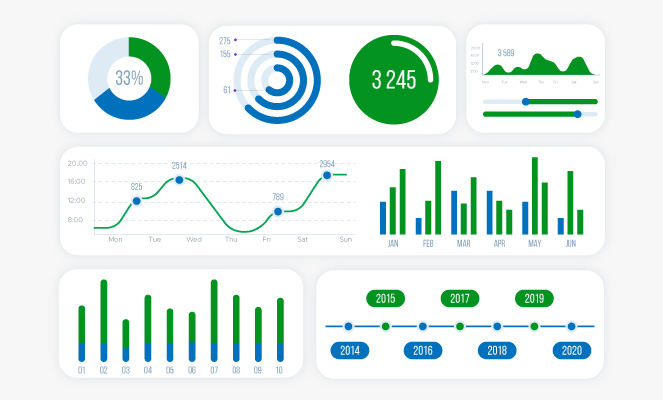
Blog


Top 10 CRMs for Law Firms in 2025

How Attorneys Can Build a Personal Brand

Lead Generation for Lawyers

What Are Super Lawyers? An In-Depth Guide

Avvo Rating: The Definitive Guide

How to Use TikTok for Lawyers

The Ultimate Guide To Social Media For Lawyers

